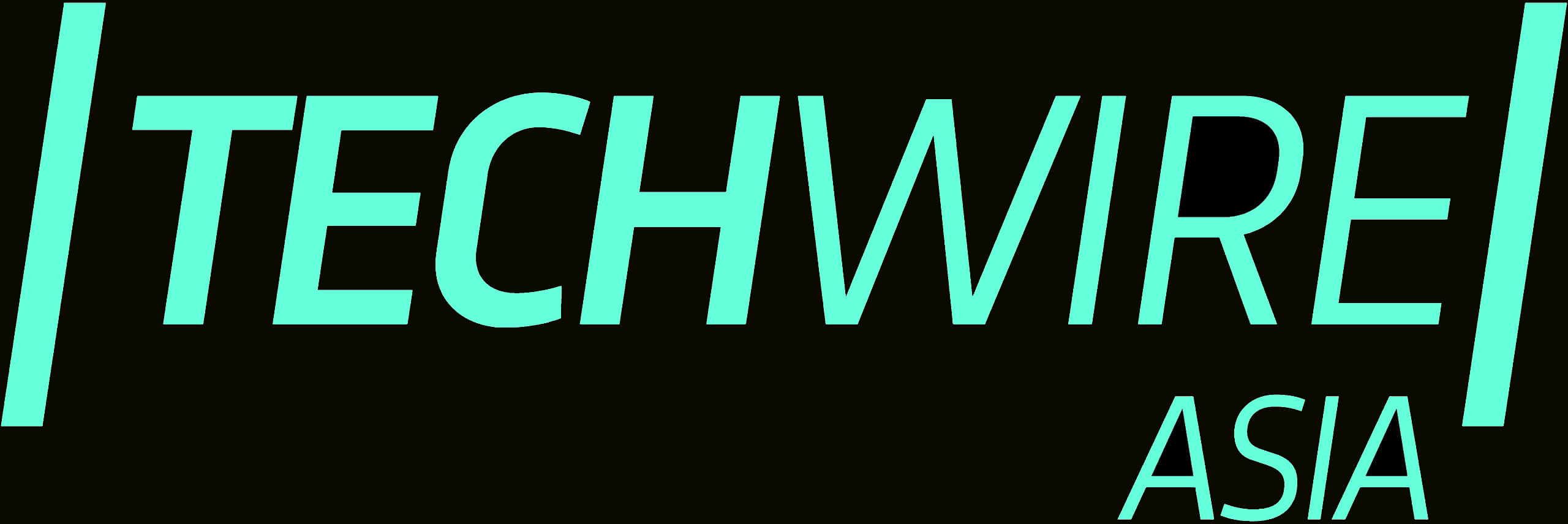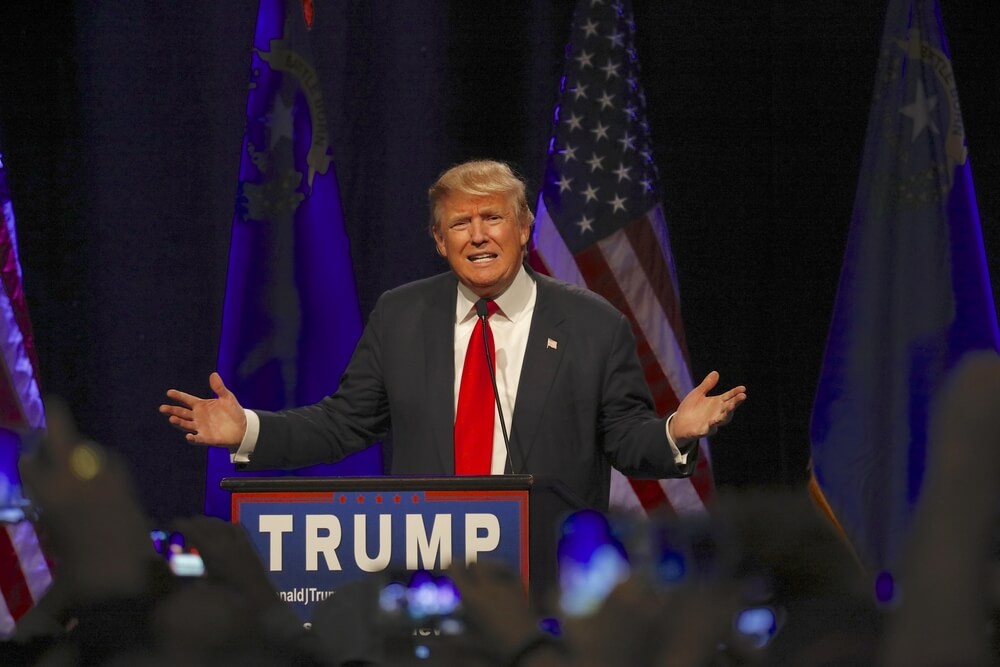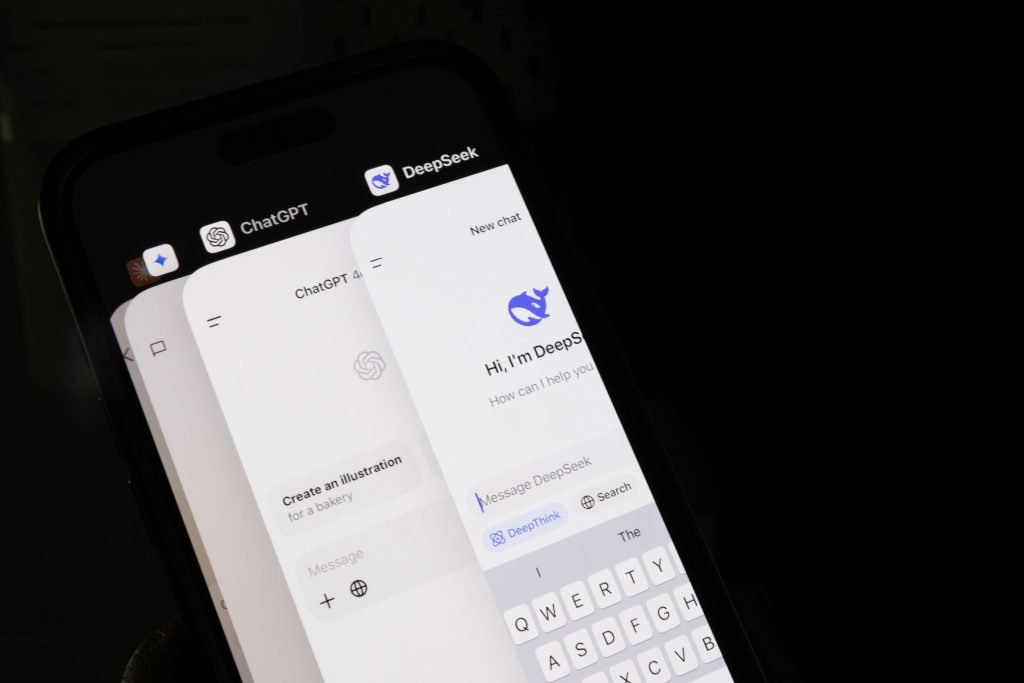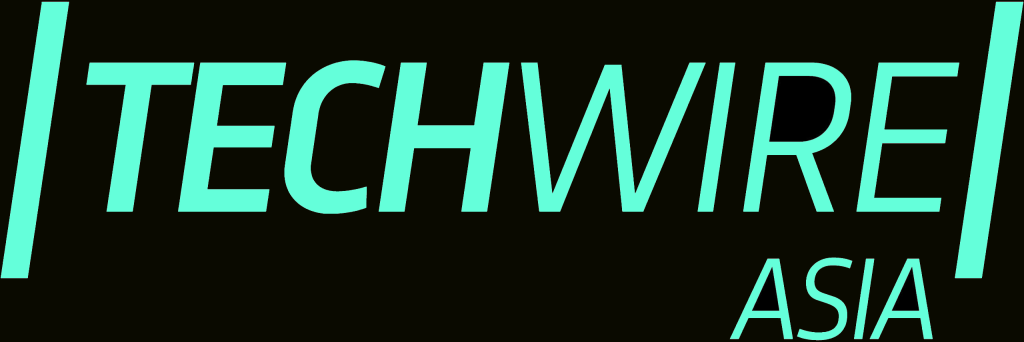- TikTok US ban reversal hinges on Trump’s proposed 50-50 joint venture.
- Supreme Court decision and Congressional opposition create uncertainty.
The dramatic 13-hour shutdown of TikTok in the US on January 19, 2025, followed by its swift restoration, has created a complex tapestry of political manoeuvring, technological implications, and national security debates that continue to shape the platform’s uncertain future in America.
The TikTok US ban reversal materialised through an unexpected champion: President-elect Donald Trump. His pledge to issue an executive order following his inauguration prompted the platform to restore service even before the formal order was signed. The development marks a striking evolution in Trump’s stance on the platform. He has transitioned from a vocal advocate for its ban during his first term to emerging as its potential saviour.
ByteDance’s challenge and Trump’s proposed solution
At the heart of the controversy lies ByteDance’s consistent reluctance to sell TikTok, notably its prized recommendation algorithm. Trump’s proposed solution – a 50-50 joint venture between ByteDance and American owners – represents a potential middle ground, although its feasibility remains questionable.
The proposal signals a significant shift in approach, attempting to balance national security concerns with the platform’s operational continuity. Multiple factors complicate the path forward. The existing law, signed by outgoing President Biden in April 2024, mandated ByteDance to sell TikTok to an owner from the US or its allies in 270 days. Trump’s executive order, while providing temporary relief, cannot unilaterally override this congressional mandate.
The legal reality is further emphasised by opposition from prominent Republican Senators Tom Cotton and Pete Ricketts, who argue against any extension of the ban’s effective date. The situation has attracted several potential buyers. A group led by billionaire Frank McCourt and Kevin O’Leary has submitted a formal bid, as has the AI search engine PerplexityAI. Reports have also suggested possible interest from Elon Musk, though he has maintained public ambiguity about any potential acquisition.
Musk’s Sunday statement opposing the TikTok ban on free speech grounds and criticising the imbalance between TikTok’s operation in America and X’s inability to operate in China adds another layer to the complex narrative.
Technical and operational challenges
The prospect of splitting TikTok’s US operations presents significant technical challenges. McCourt’s group has proposed purchasing TikTok’s US assets without the company’s algorithmic software. Historical attempts by tech giants like Meta and YouTube to replicate TikTok’s engagement mechanics have shown the difficulty of this approach. Creating an American-only version of TikTok could necessitate a new app for global users to access US content, adding further complexity to the platform’s operation.
What is understood so far is that the brief shutdown highlighted the important role of TikTok’s service providers. Despite the Biden administration’s apparent willingness to defer enforcement to the incoming Trump administration, service providers’ concerns about potential penalties – up to $5,000 per person with access to TikTok – led to the temporary cessation of services. Trump’s promise of liability protection for these providers proved important in restoring service.
Looking ahead: uncertain future
The resolution of TikTok’s US situation could unfold in several ways. The most likely scenario is a reprieve through Trump’s executive order, followed by intense negotiations over the proposed 50-50 joint venture structure. However, ByteDance’s historical resistance to selling, algorithmic complexities, and valuation challenges could complicate this path.
Alternative outcomes include a complete sale to American buyers, although this faces significant hurdles regarding algorithm ownership and operational continuity. The least likely but still possible scenario is a new legislative solution, but this would require substantial bipartisan support in a Congress that strongly backed the original ban.
Other nations grappling with similar concerns will watch the TikTok US ban reversal saga. India, which banned TikTok in 2020, maintains its firm stance, while European Union regulators continue to scrutinise the platform under their Digital Services Act.
The UK, Australia, and Canada also monitor the US situation as they consider their approaches to Chinese-owned technology platforms. In short, the eventual US resolution could serve as a template for other nations. If Trump’s joint venture model succeeds, it might offer a middle-ground solution for countries seeking to balance national security concerns with the platform’s popularity. Conversely, if the ban takes effect, it could embolden other nations to act similarly.
The situation transcends TikTok, potentially reshaping how nations approach technology platforms owned by geopolitical competitors. The outcome could establish precedents for handling foreign-owned apps, data sovereignty, and the balance between national security and digital innovation.








